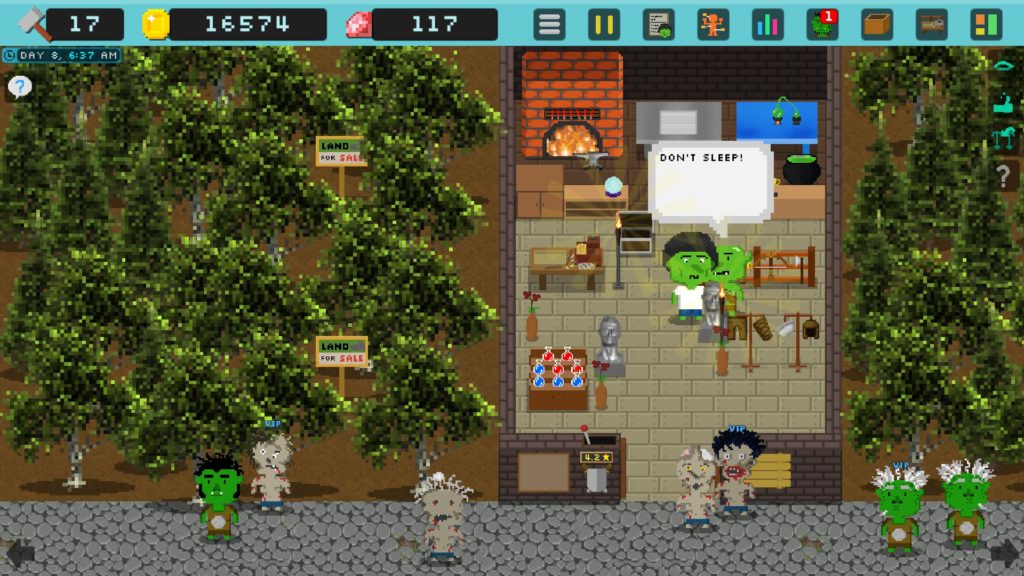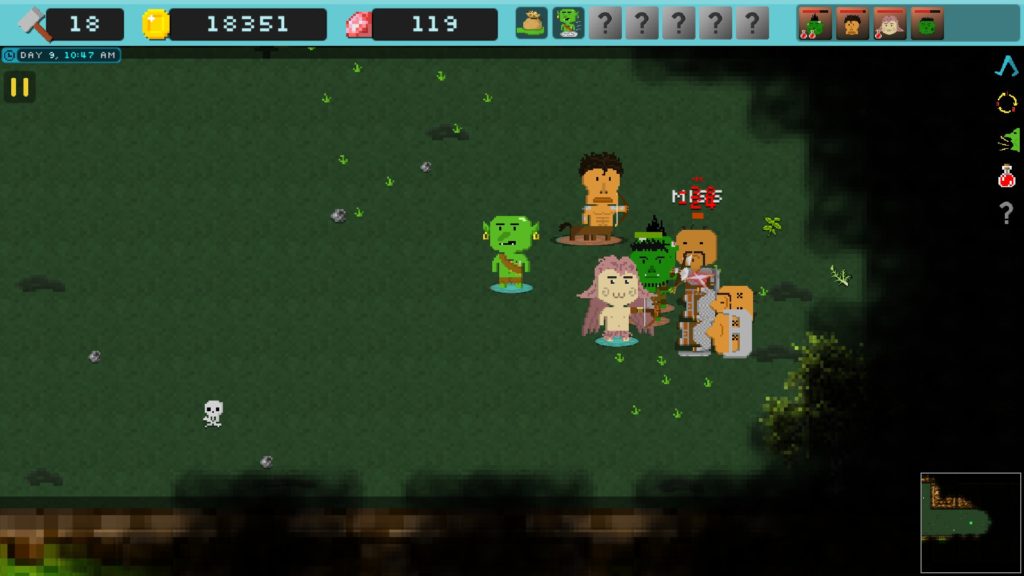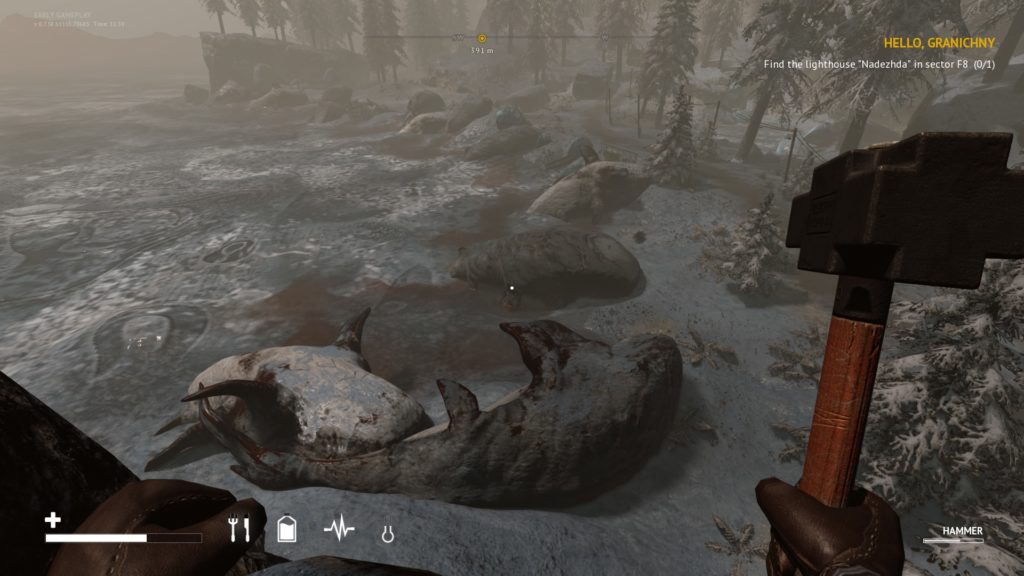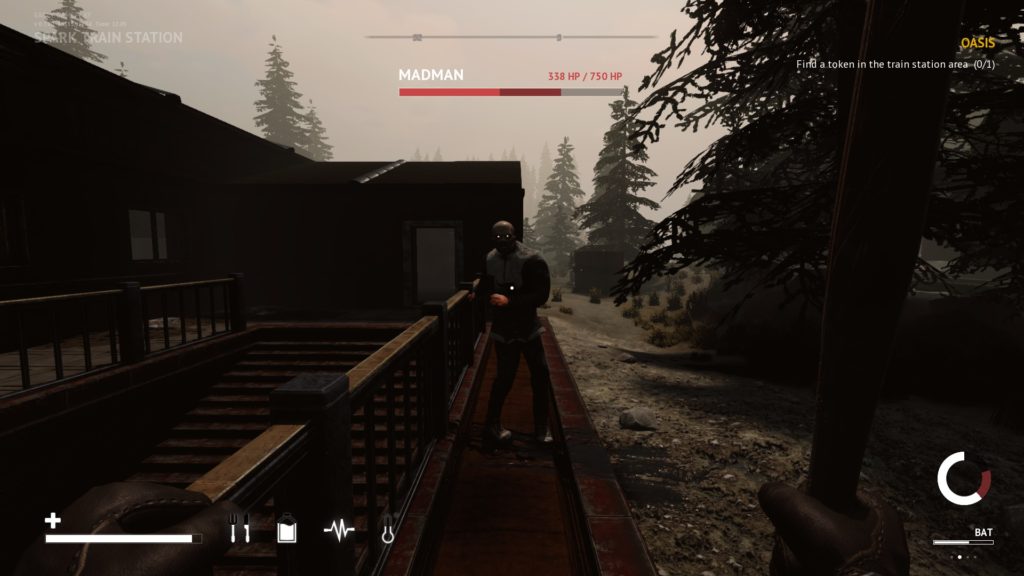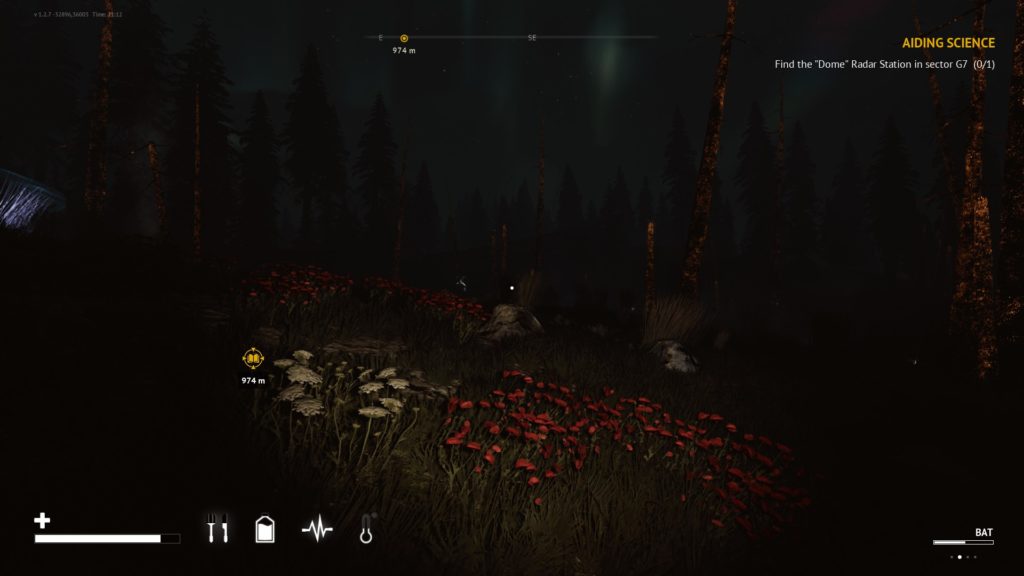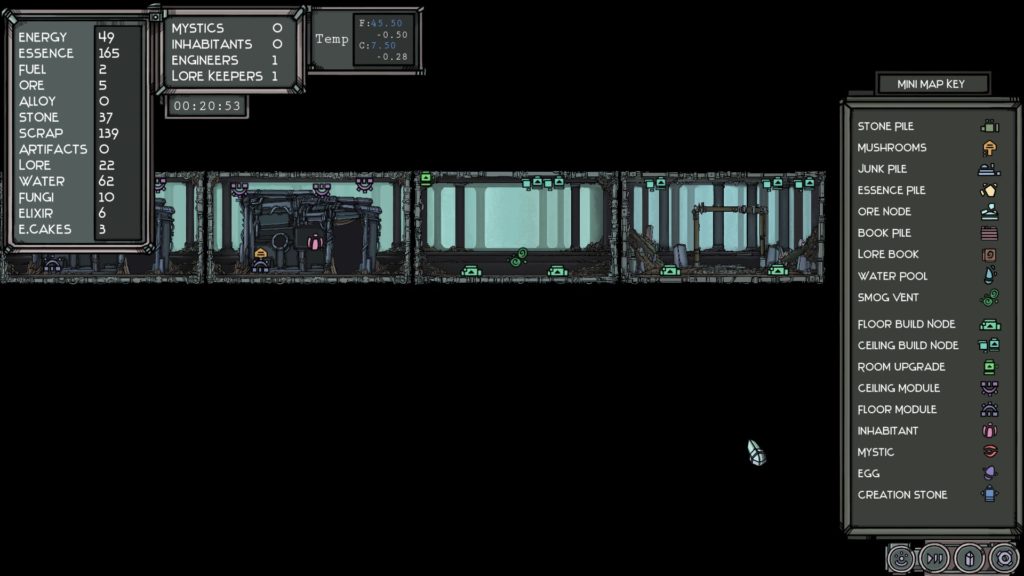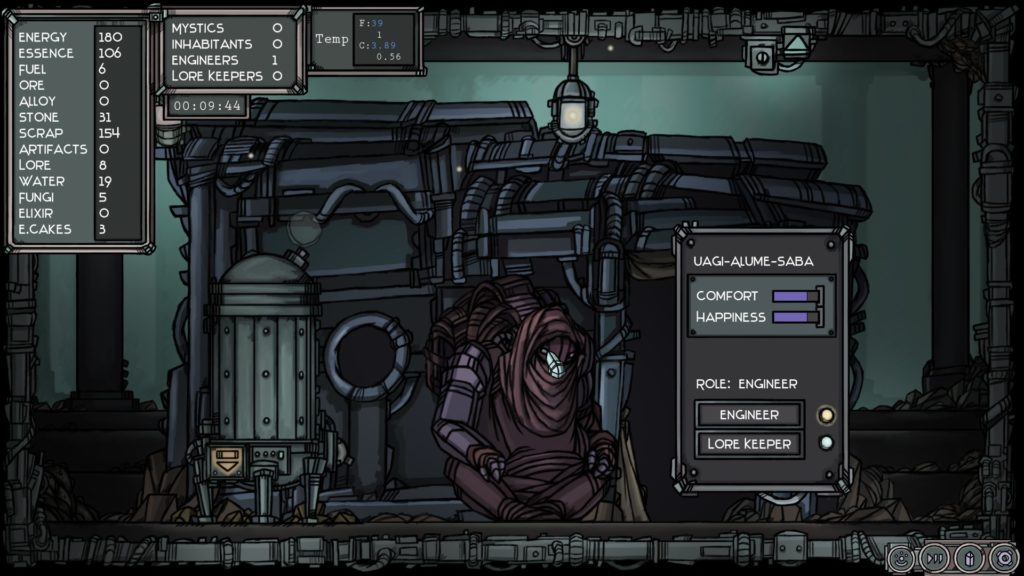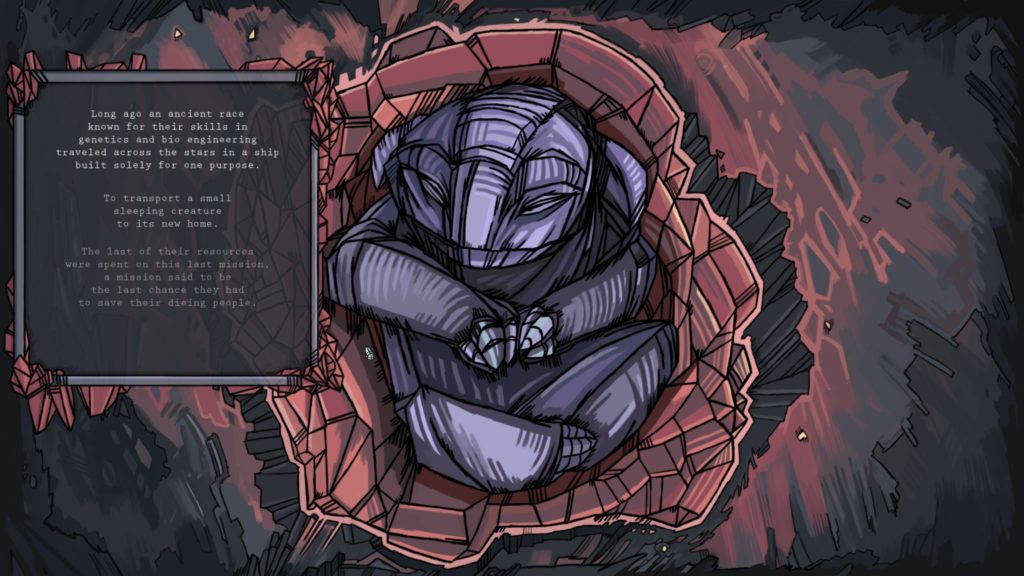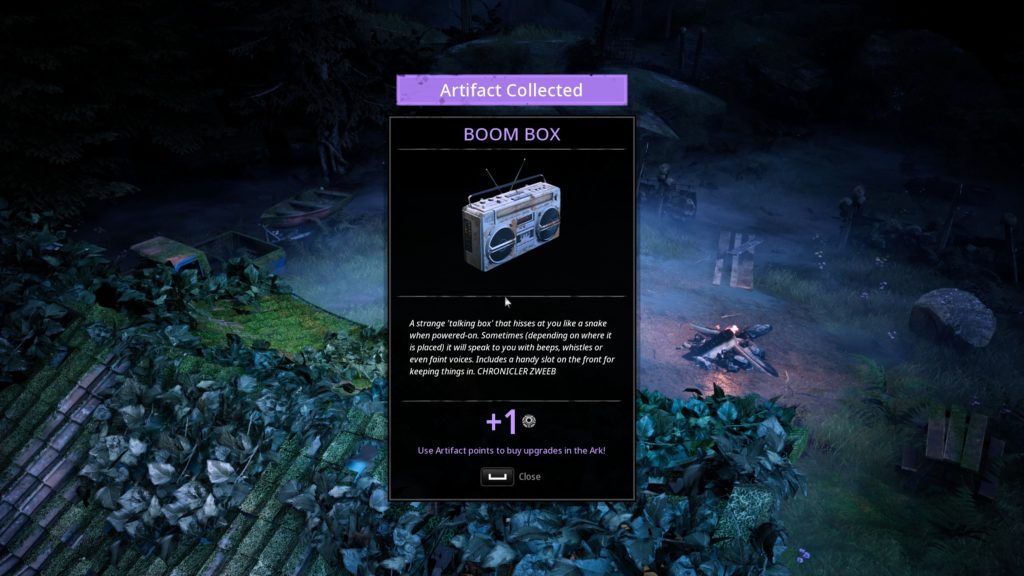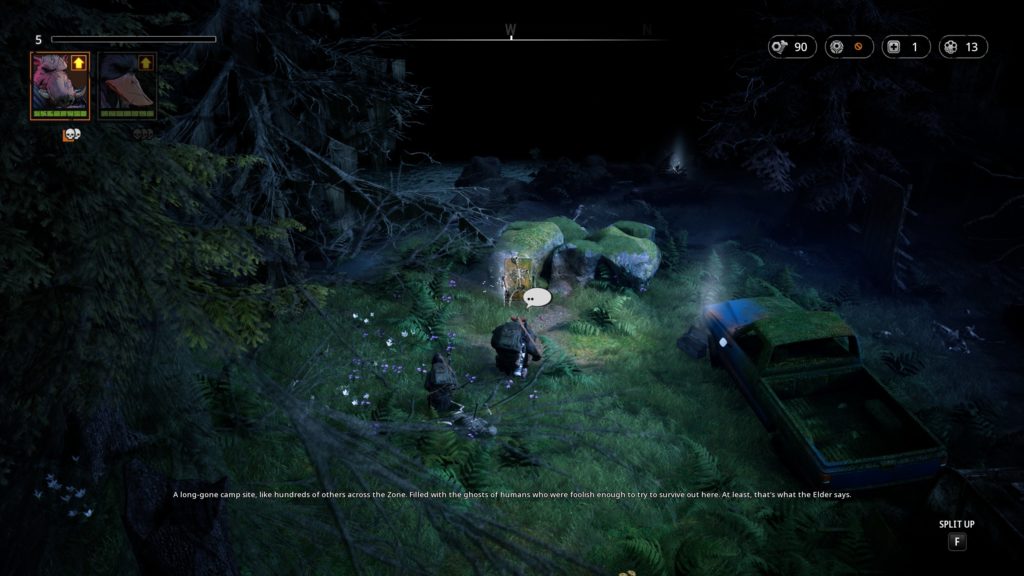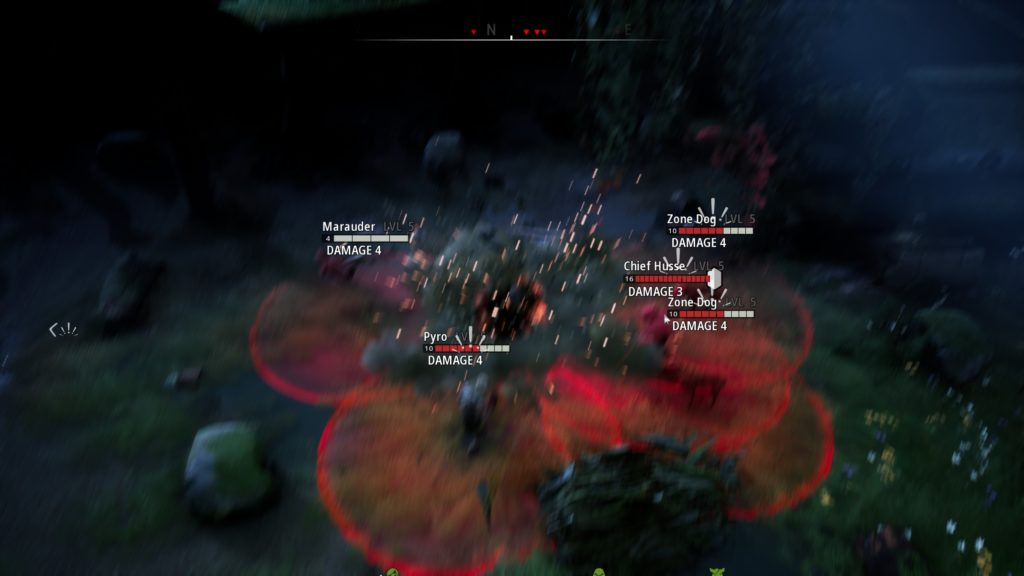Heaven’s Vault (Review)

Source: Cashmoneys
Price: £19.99 (£8 soundtrack)
Where To Get It: Steam
Time… Can erase a lot of things. We can’t be certain about the little things about a person’s life, from documentation, even thirty years ago. Time and time again, we’ve found we were wrong about societies from hundreds of years ago (And we may still be wrong), and as to the earliest stages of our world? Ha. Language, especially, can be tricksy. Lots of words look related, but these are just as often coincidence as actual linguistic relation.
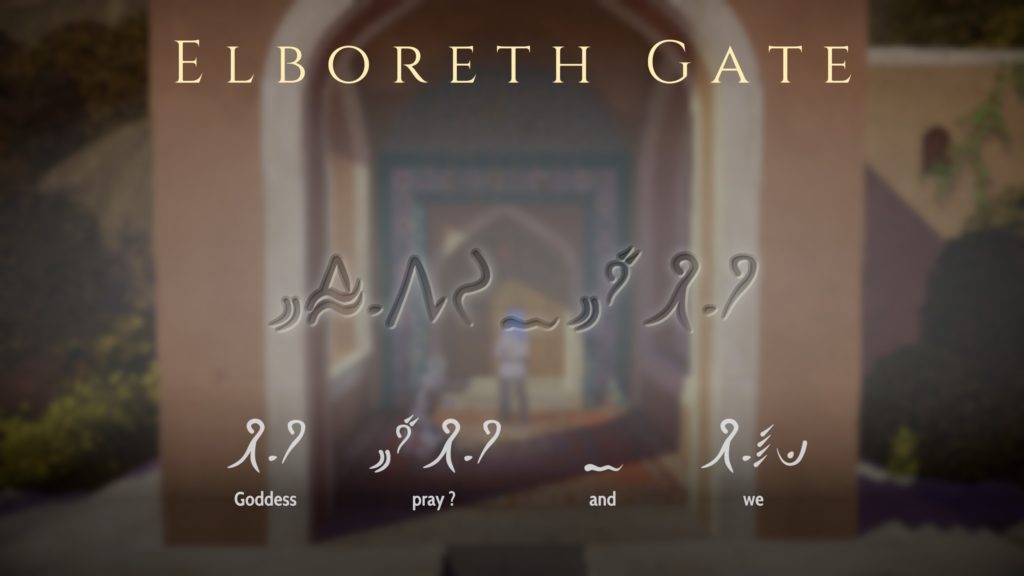
So imagine my pleasure when I came across Heaven’s Vault, where the obscurity (deliberate or otherwise) of the past is a core theme, and the tricksiness of deciphering a language from scratch… Ahhh, that’s a core mechanic. And, while the base of the story is nothing new in science fiction, the details? Ah, that’s where it becomes interesting, and cool.
So, let’s start with surface details. The setting: A nebula, through which rivers of ice wend their way, sometimes fast, sometimes slow, and both air and water are a premium. The society: Mostly under the rule of the Iox Protectorate, it is an Indian flavoured setting. It is by no means a nice place, but it’s what the main character, Aliya Alasra, calls home. She’s an archaeologist, and a request to find a professor leads to… Big consequences.
As an aside, if you’ve never thought Archaeology or Science have drama… I seriously suggest looking some of the drama up, because hot dang… Side note over, back to the game.
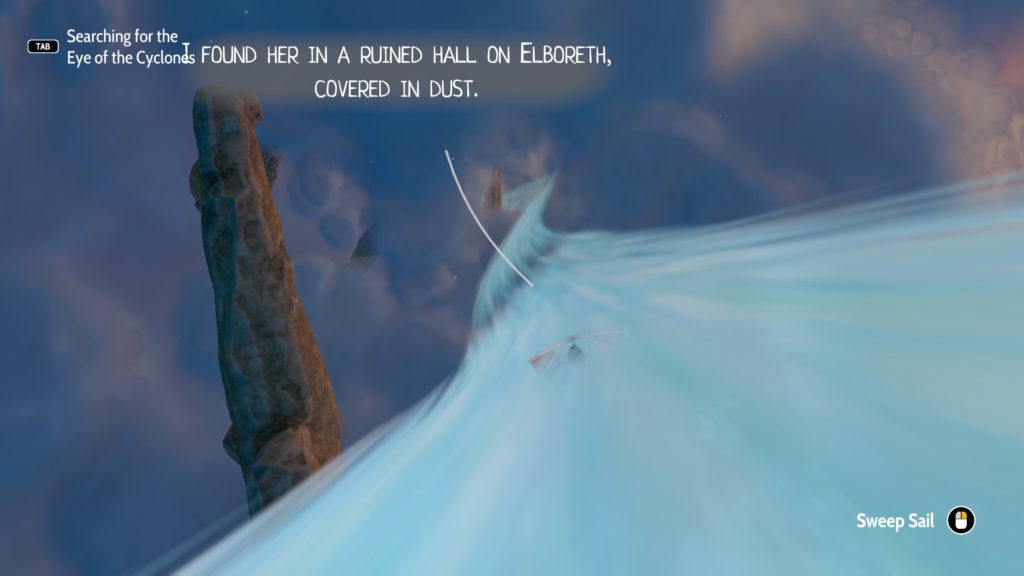
More specifically, some crit I feel obliged to mention, before talking about why this is still interesting, and still recommended. The game is on a single save system. I can understand why, sort of… But it is annoying. The sound levels, at the time of review, don’t always take for the sailing segments. And the base text speed is a little fast (thankfully, it can be slowed down.) Toward the end of the game, the sailing, once joyful, becomes a bit of a chore. Okay, that’s the crit over with, now let’s get back to it.
The language in question, Ancient, plays a big role in the mystery Aliya gets involved in. Understanding of her situation requires exploring thoroughly, and understanding that you may not understand or have the tools to properly translate an inscription without context, or further pieces to work with. Thankfully, the hardest part (Discovering a few words) is already done, and you can infer some due to the fact the language is close to pictographic… Water, for example, looks like two waves, with two curved strokes to represent splashing. Nice. But since it’s also a compound language (Like German), you can also use that. Emperor, Holy, and God all have the same root symbols… And this, readers, is where the game does something clever that I appreciate.
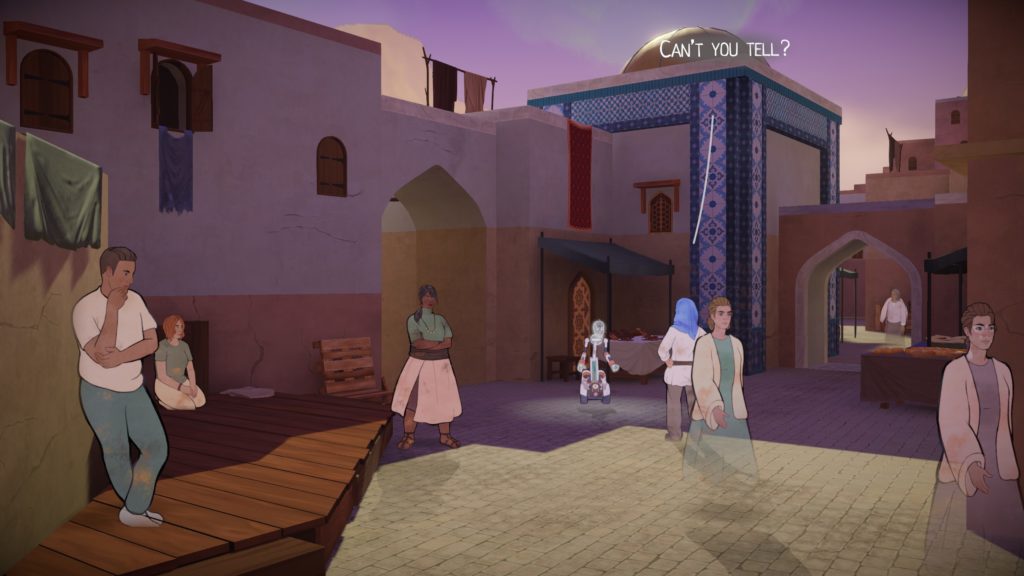
You see, it shows they understand that language doesn’t grow in isolation. It understands that words get tied to other words for reasons. And that Emperor/Empress, Holy, and God all have the same root deeply implies what the game then informs you… That the Emperors and Empresses were considered godlike. That’s a really nice touch.
Visually, it’s an interesting blend of hand-drawn animation and 3D landscapes that works pretty well. It’s fluid, it’s pretty easy to get what to do, and it looks lovely. Every place feels different. Musically, it’s very much a dreamlike experience. Sweeping violins fit well with the nebula’s rivers, and the “rocks”, small planetoids on which people still live (or… Not, as the case often is with the archaeological sites.) Sailing, while it gets annoying due to having to travel further as the game progresses (Fast travel thankfully got introduced just before publishing, and at least one mysterious “And the robot sailed the ship directly to where I was because reasons.”) is, in the first two thirds of the game, an interesting experience. It hasn’t really palled on me except when I’ve been feeling pressed for time, because it’s a beautiful place and the music is nice, but I can see how it would wear for others.
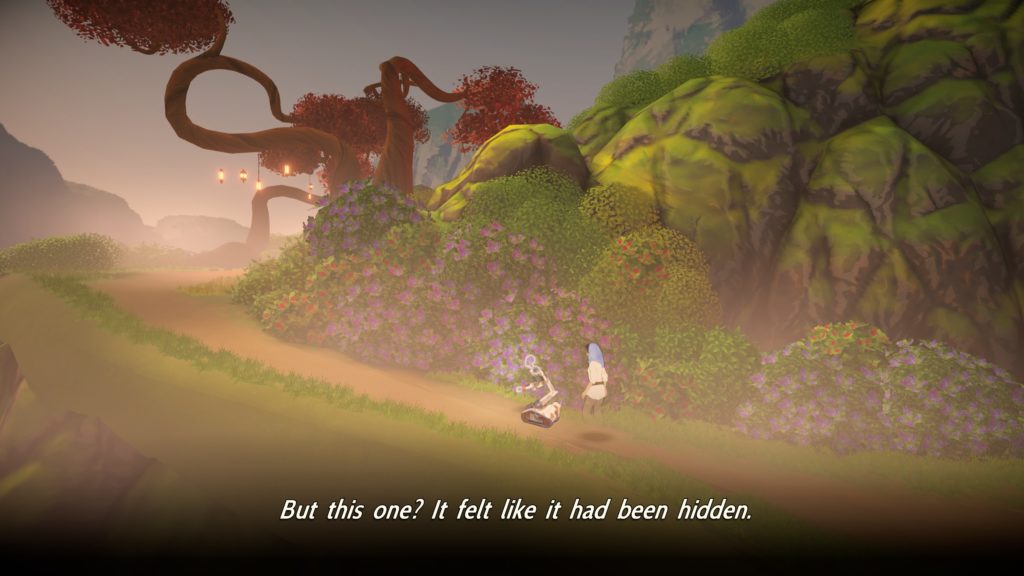
In any case, interestingly written, with a core mechanic that is mostly unique (One of the few games to try and make linguistics core to its play, Captain Blood, does so in a different manner), and a story that kept me going, wanting to know exactly how things went as they did… Heaven’s Vault is definitely one of the most interesting adventure titles I’ve seen this year, and well worth a look.
The Mad Welshman loves exploring myth, and culture, and history. For a game to let him do this with a fictional one… Well, that’s the good stuff.


